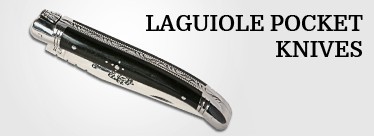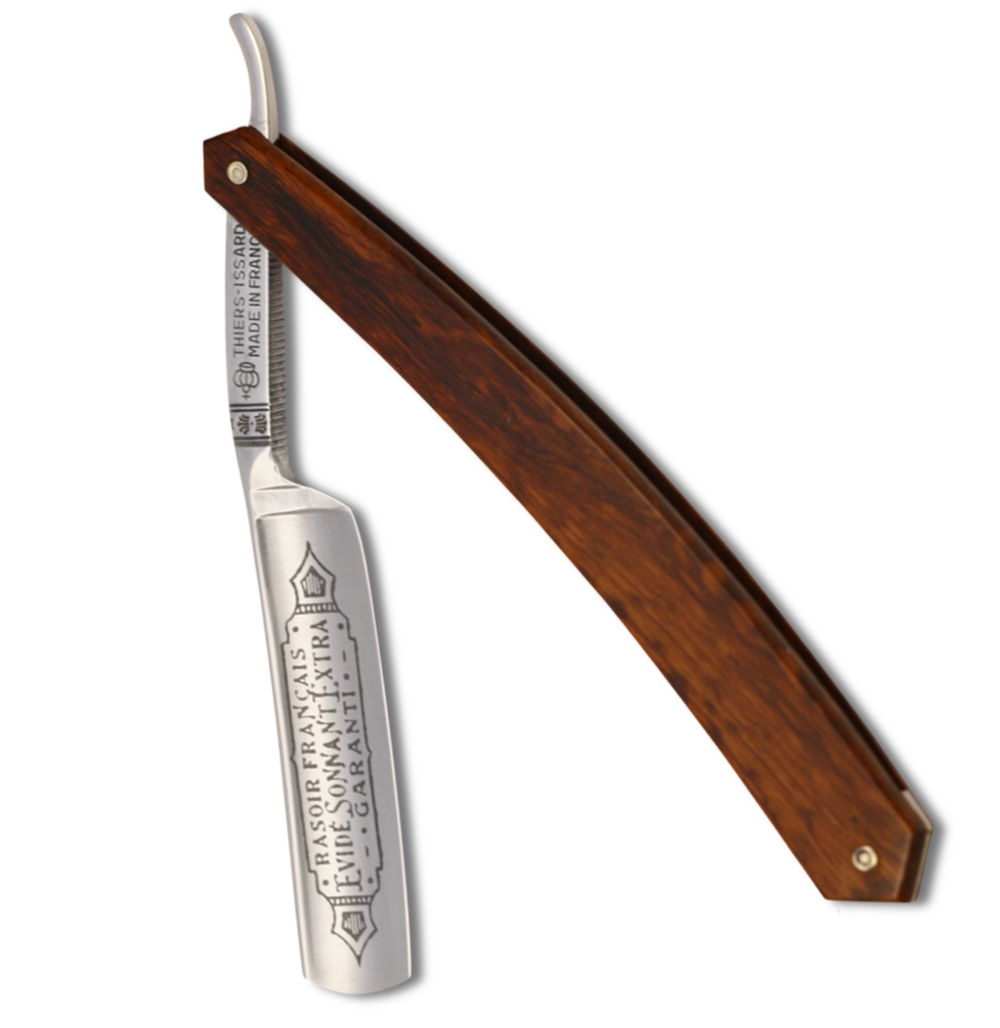How to Choose your straight razor ?
Published : 2018-03-27 11:46:47
Categories : Cutler's tips

Shaving with a straight razor is a centuries-old ritual and perpetuating the tradition will give you a little extra manliness
You may cut yourself a bit at the beginning, but cuts caused by straight razors bleed less and scar faster than those caused by conventional razors, due to the shaving angle. Actually, disposable razors scrape larger surfaces of skin than a straight blade.
In purely financial terms, a straight razor saves you money. We can all agree that disposable razors are obscenely expensive. Take good care of your straight razor and it will last all your life, you will even be able to pass it on to the next generation if you wish.
Key things to know to choose a straight razor
You need to look at several thins when considering buying a straight razor
• the steel of the blade
• size
• the shape of the blade
• balance
• the handle
1) The steel of the blade.
Depending on the cutlery maker craftsman or the razor manufacturer, the quality of your razor can differ drastically.
Making a razor blade requires a special thermal treatment done by the manufacturer. When razors are properly made, they acquire the solidity needed for good quality shaving.
You razor may have been designed with a tough, soft or medium blade. The tougher a blade is, the more often you will have to hone and sharpen it. You should test several types of blades and see which one feels the best and the easiest to handle for you. When in doubt, choose a medium blade, they are widely appreciated.
As far as materials are concerned, you can choose between 440 steel – super easy to hone, but does not like water and needs to be meticulously dried after use or it will rust – and stainless steel which is less fragile but takes longer to hone and sharpen.
2) Size of the blade
A straight razor’s blade is between 7 and 9 cm long, depending on the design.
Its width is measured in eighth of an inch (i.e 3. 175 mm). When it is between 1/8 and 3/8, it is called a thinning blade and is used by hairdressers and barbers to thin and cut hair.
For beard care, 4/8 and 5/8 blades are the most commonly found on the market.
The wider the blade, the more it can scrape off foam and the less rinsing off is needed. However, thinner blades make it easier to reach the narrower parts of your face.
Good to know : The 5/8 inch blade is the most frequently used.

3) Shape of the blade.
When making a straight razor, there are several possibilities for the shape of the blade. The most common shapes are hollow blades and flat or full-wedge blades.
Today, manufacturers only produce full or partially hollow blades which can be full / half or quarter hollow.
Hollow blades are the easiest to hone and the most forgiving when you shave. The less concave the blade, the more rigid it’ll be and the handier you’ll have to be. But once you get used to it, you will get an excellent shaving experience.
At the end of the razor, we have the point or the tip.There are square tips, French or Irish tips, Spanish tip or the hooked ‘barber’s notch’ tip.
Straight razors with a rounded point (or half moon like French tips) are those who, according to us, give you the best compromise between safety and ease of use. In fact, they make it possible to access difficult areas (nose and chin for instance) and give an optimum safety feel in the handling of the razor.
For beginners, we recommend opting for a rounded tip, more forgiving, but less accurate. The square tip is the one which will reach even the most difficult to access parts of your face. This sort pf shaving if for experienced men only, to avoid cutting yourself when shaving.
The Spanish tip will delight those who want a smooth glide when they shave.
Finally, always keep the size of the blade in mind. The most commonly used which we recommend is 5/8.
4) Balance of your razor.
The balance of a razor deals with the ratio betwwen the size and weight of the blade and those of the handle. A straight razor is correctly balanced when the weight of the blade equals that of the handle. A fine balance leads to ease of use and a comfortable shaving experience, which shouldn’t be underestimated.

Looking after your straight razor and storing it.
If you chose a carbon or basic steel blade, do not avoid contac twith water at all cost, but do remove foam with a towel or wet cloth while you shave.
Should your blade suffer from oxidization, you can clean it with alcohol or soapy water.
Check that the handle and tang are not wet and that there is no water inside. Blow it dry if necessary then fastidiously pat it dry.
We recommend that you rub a drop of oil on your straight razor from time to time. Rub the oil from tip to heel along the blade with a cloth.
Finally, we recommend that you put away your straight razor in a leather case or wooden box
Have you already switched to straight razor shaving ? Which criteria guided your decision ? Comment and share your experience ! 
















